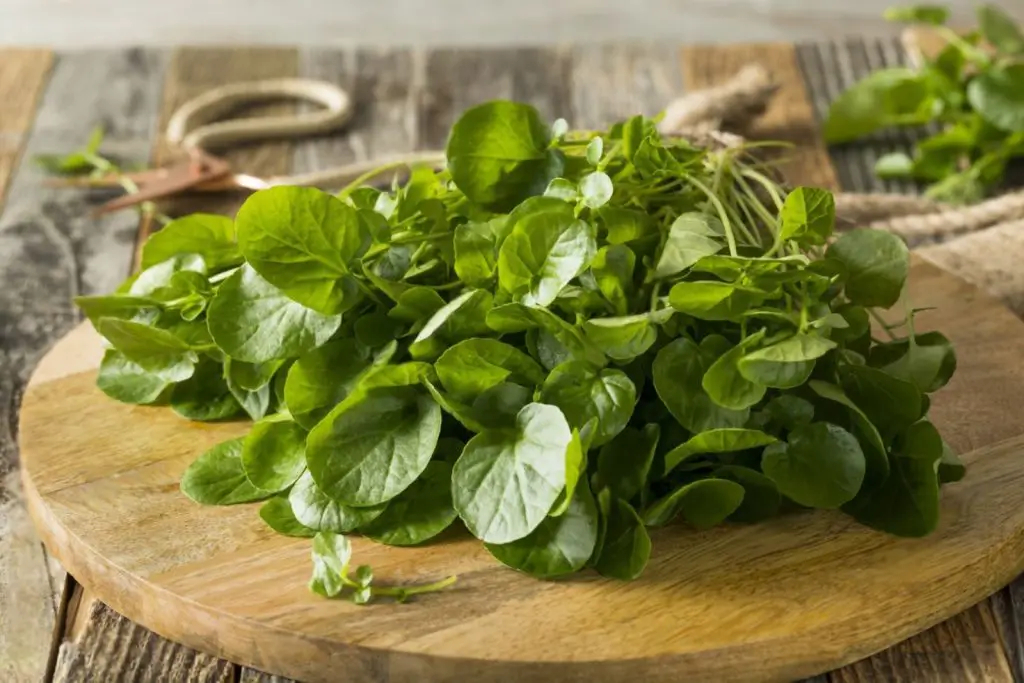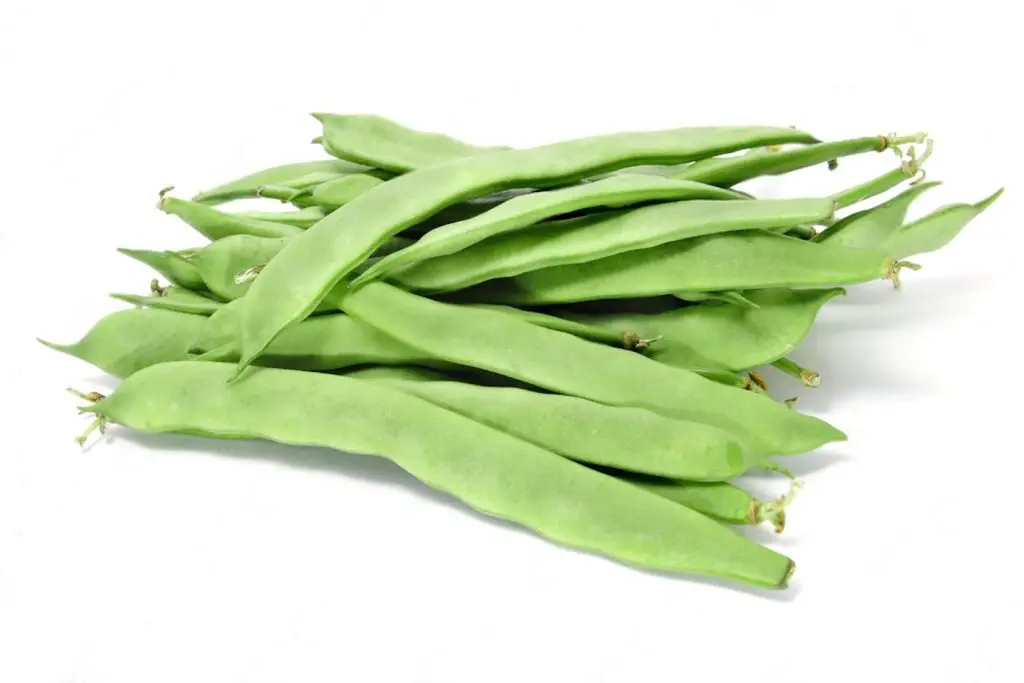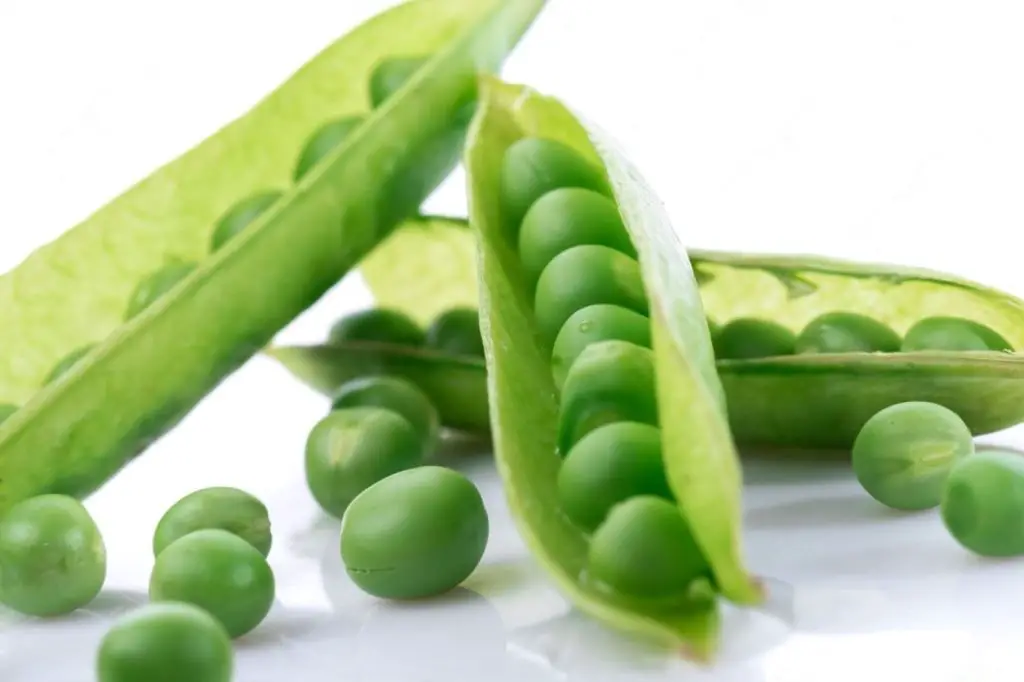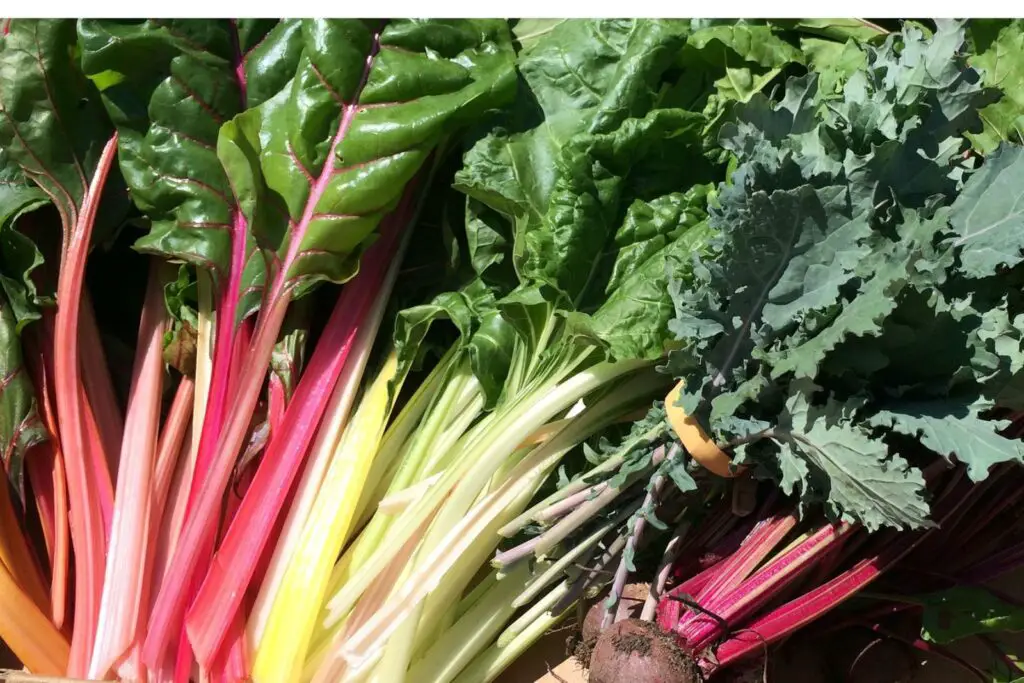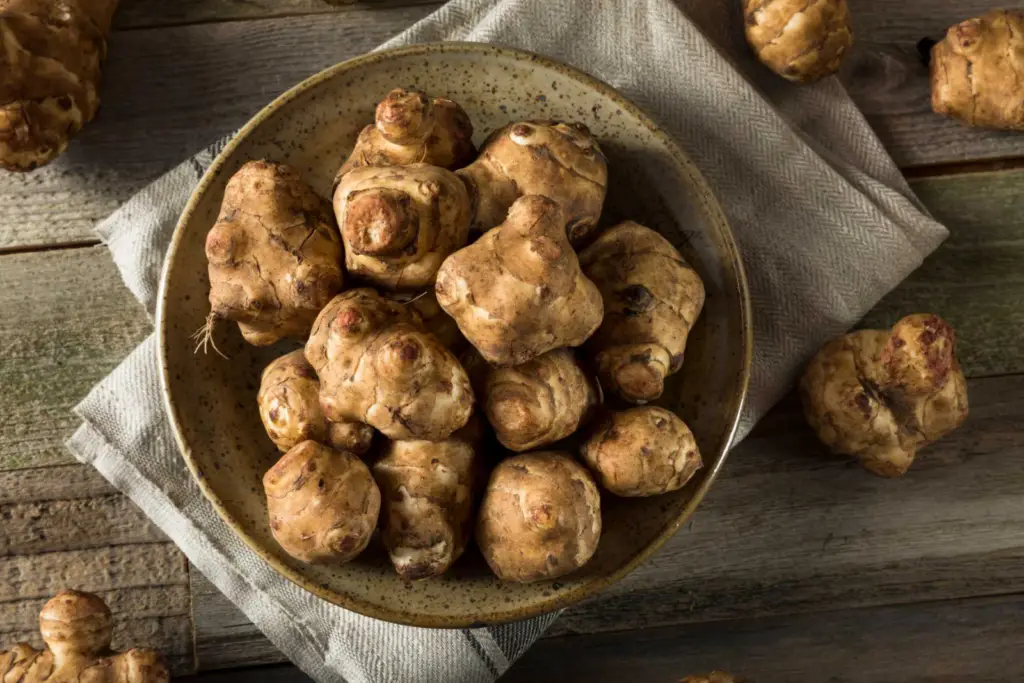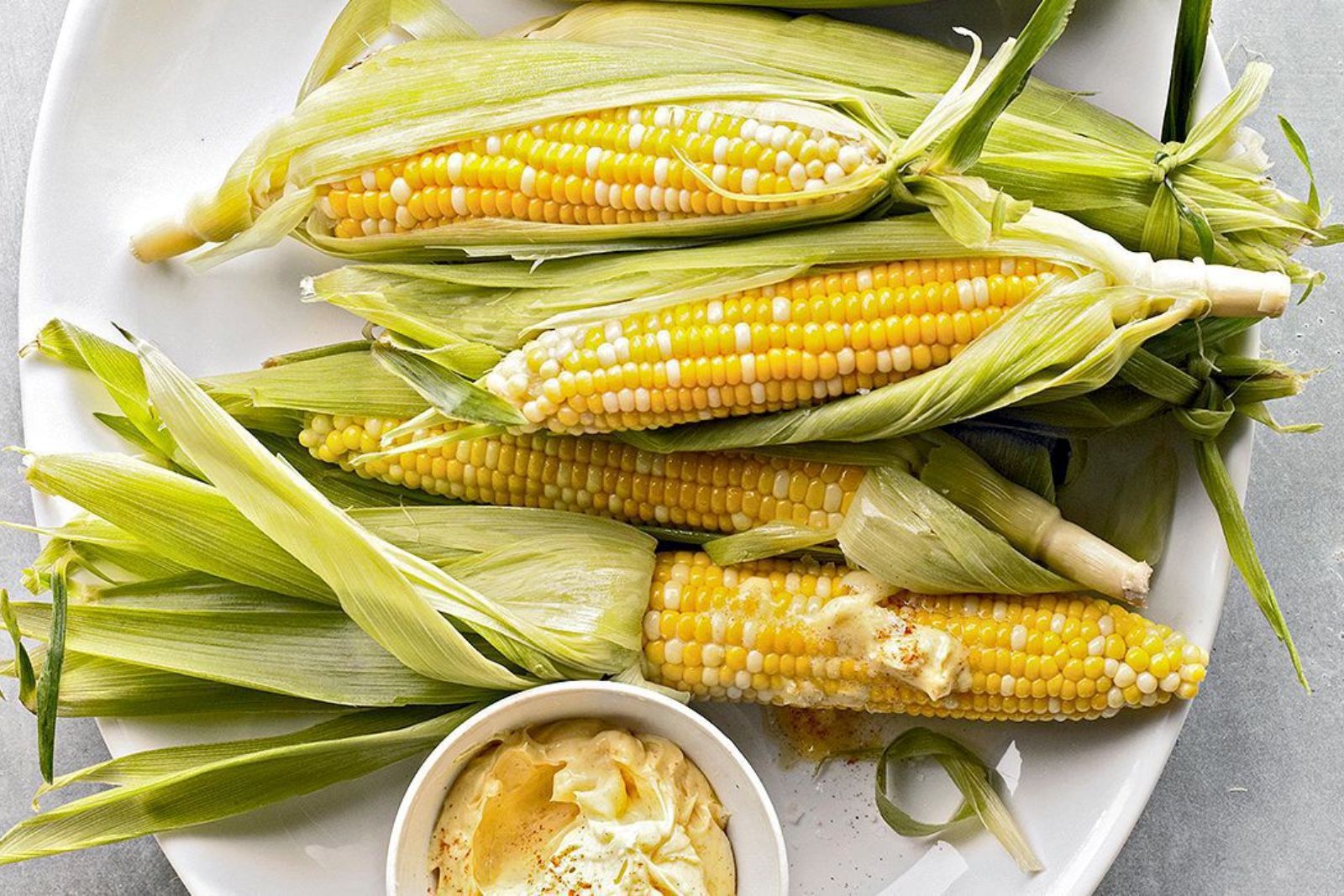
Corn in the husk is a popular and delightful summer treat, offering a burst of sweet and juicy kernels that are full of flavor. The husk acts as a natural protective layer, preserving the corn’s freshness and moisture. However, when the corn harvest is plentiful, freezing it can be an excellent way to extend its shelf life and enjoy its taste throughout the year. By freezing corn in the husk, you can lock in its natural sweetness and retain its vibrant color, ensuring a delightful corn-on-the-cob experience even during the colder months.
Here are the steps to freeze corn in the husk:
Step 1: Select fresh and ripe corn
Choosing fresh and ripe corn is crucial when freezing corn in the husk, as it ensures optimal flavor and texture. Here’s why it’s important to select the right corn:
- Freshness: Fresh corn will have a sweeter and more vibrant taste compared to corn that has been sitting around for a while. The sugars in corn begin converting to starch soon after harvest, so selecting corn that is as fresh as possible will provide the best flavor.
- Peak Ripeness: Look for corn that is at its peak ripeness. This means the kernels are fully formed, plump, and evenly spaced on the cob. The corn should also have a bright green color to indicate freshness. Avoid corn with kernels that are shriveled or have a dull appearance, as these are signs that the corn is past its prime.
- Texture: Ripe corn should have a firm, crisp texture. When you press a kernel, it should release a milky liquid. Avoid corn that feels soft or has dry spots, as these indicate poor quality.
- Husk Condition: The husk serves as a protective layer for the corn during freezing. Choose corn with husks that are fresh and intact, without any signs of dryness or discoloration. The husk should tightly wrap around the cob, indicating that it has not been exposed to excessive air or moisture.
Step 2: Prepare the corn
Preparing the corn before freezing is an important step in ensuring its quality and flavor when it’s time to thaw and cook it. Here’s why it’s necessary to prepare the corn before freezing:
- Removing Loose Outer Leaves and Silk: Before freezing, it’s recommended to remove any loose or damaged outer leaves from the corn husks. These leaves can trap moisture and lead to mold or freezer burn during freezing. Additionally, removing the silk (the fine, thread-like strands found on the corn) helps maintain a clean and neat appearance.
- Intact Husks as a Protective Barrier: Leaving the husks intact is crucial for freezing corn in the husk. The husks act as a protective barrier during freezing, preventing freezer burn and maintaining moisture and flavor within the corn kernels. The husks also help preserve the natural sweetness and tenderness of the corn.
- Preserving Freshness: Corn is at its best when it’s fresh, so it’s important to freeze it as soon as possible after harvesting or purchasing. The longer corn sits at room temperature, the more its quality deteriorates. Freezing it promptly helps preserve its freshness, flavor, and nutritional value.
By removing loose outer leaves and silk while keeping the husks intact, you ensure that the corn stays protected during freezing. This preparation step plays a vital role in maintaining the corn’s texture, moisture, and overall quality. When you’re ready to enjoy the corn, you can simply thaw and cook it while still in the husk, which helps lock in the flavors and natural juices for a delicious meal.
Can I freeze corn in the husk with silk still attached?
It is not recommended to freeze corn in the husk with the silk still attached. The silk can potentially trap moisture and hinder proper freezing, leading to decreased quality and potential freezer burn. Removing the silk before freezing allows for better airflow and helps maintain the corn’s texture and flavor during storage.
Can I freeze corn in the husk without removing the outer leaves?
It is not recommended to freeze corn in the husk without removing the outer leaves. The outer leaves can trap moisture and inhibit proper freezing, leading to potential quality issues. Removing the outer leaves before freezing allows for better air circulation and ensures the corn freezes evenly and maintains its quality during storage.
Can I freeze corn in the husk if it’s been cut into smaller pieces?
It is not advisable to freeze corn in the husk if it has been cut into smaller pieces. Cutting the corn into smaller pieces exposes more surface area to air and can lead to quality deterioration during freezing. It is recommended to freeze whole ears of corn in the husk to preserve the best flavor, texture, and overall quality.
Step 3: Blanch the corn
Blanching is an essential step in the process of freezing corn in the husk. By briefly immersing the corn in boiling water, blanching helps to preserve the corn’s quality and extend its shelf life. Here’s why blanching is crucial:
- Enzyme Inactivation: Corn contains natural enzymes that can cause changes in flavor, texture, and color over time. Blanching involves subjecting the corn to high temperatures, which inactivates these enzymes and slows down their activity. By stopping enzyme activity, blanching helps maintain the corn’s quality during freezing.
- Deterioration Prevention: Blanching also helps prevent the deterioration of the corn caused by microbial growth. The brief exposure to boiling water kills off potentially harmful bacteria, yeasts, and molds that may be present on the corn. This reduces the risk of spoilage and helps preserve the corn’s freshness.
- Color Retention: Blanching helps retain the vibrant color of the corn kernels. The high heat of blanching breaks down the enzymes responsible for color loss, preserving the corn’s bright appearance. This is especially important for visual appeal when you later thaw and cook the corn.
- Timing: The recommended blanching time for corn on the cob is typically 4-6 minutes, depending on the size of the ears. This duration is sufficient to achieve the desired enzyme inactivation and microbial reduction without overcooking the corn.
Can I freeze corn in the husk without blanching it?
It is not recommended to freeze corn in the husk without blanching it first. Blanching is a crucial step in the freezing process as it helps preserve the quality of the corn. Blanching stops enzyme activity, which can lead to loss of flavor, texture deterioration, and nutrient loss during freezing. By blanching the corn before freezing, you ensure better preservation and maintain the corn’s taste, texture, and nutritional value.
Step 4: Cool the corn
After blanching the corn, it’s essential to cool it rapidly to stop the cooking process and preserve its quality. Cooling the corn in ice water helps maintain its color, texture, and nutritional value. Here’s why cooling the corn quickly is important:
- Halting the Cooking Process: Transferring the hot corn directly to ice water rapidly lowers its temperature. This quick cooling process halts the cooking process initiated by blanching. It prevents the corn from becoming overcooked or losing its desirable texture.
- Preserving Color: Cooling the corn in ice water helps retain its vibrant color. The sudden temperature change helps lock in the pigments responsible for the corn’s appealing yellow or white hue. This ensures that the corn looks visually appealing even after it has been frozen and later thawed.
- Maintaining Texture: Rapidly cooling the corn helps preserve its crispness and tenderness. It prevents the corn kernels from becoming mushy or excessively soft. This way, the corn will retain its desired texture when you cook it after thawing.
- Preserving Nutritional Value: By cooling the corn quickly, you minimize the loss of essential nutrients. Overcooking can cause nutrient degradation, and prompt cooling helps preserve the corn’s nutritional value, allowing you to enjoy its benefits even after freezing.
- Timing: It’s recommended to let the corn soak in the ice water for the same amount of time it was blanched. This ensures that the corn cools thoroughly and uniformly.
By cooling the corn rapidly in ice water, you ensure that its color, texture, and nutritional value are well-preserved. This step is crucial in maintaining the overall quality of the corn, resulting in a flavorful and satisfying experience when you enjoy it later on.
Can I freeze corn in the husk without cooling it in ice water?
It is not recommended to freeze corn in the husk without cooling it in ice water after blanching. Cooling the corn in ice water helps to quickly stop the cooking process and preserve its texture, color, and nutritional value. Skipping this step may result in overcooked corn and can lead to a loss of quality during freezing and storage.
Step 5: Drain and dry the corn
After cooling the corn in ice water, it’s important to drain and dry it thoroughly before proceeding with the freezing process. Removing excess moisture is crucial to prevent the formation of ice crystals, which can negatively impact the quality of the corn during freezing. Here’s why draining and drying the corn is necessary:
- Preventing Ice Crystal Formation: Excess moisture on the surface of the corn can lead to the formation of ice crystals when it is frozen. These ice crystals can cause cellular damage to the corn, resulting in a loss of texture, flavor, and overall quality. By removing the moisture, you minimize the formation of ice crystals and help preserve the integrity of the corn kernels.
- Maintaining Texture and Flavor: Ice crystals can disrupt the cell structure of the corn, causing it to become mushy or watery when thawed. By drying the corn, you help retain its desired texture and flavor. The absence of excess moisture allows the corn to freeze more effectively and maintain its natural taste and texture.
- Preventing Freezer Burn: Freezer burn occurs when the surface of frozen food is exposed to air, leading to moisture loss and the development of dry, discolored patches. By removing moisture from the corn, you reduce the chances of freezer burn. This helps ensure that the corn remains in optimal condition during its time in the freezer.
Proper Storage: Drying the corn before freezing also helps in proper packaging and storage. Excess moisture can cause freezer bags or containers to become wet, which can lead to ice crystals forming on the corn. Dry corn is easier to handle and package, allowing for a more efficient freezing process.
Step 6: Wrap the corn
After draining and drying the corn, the next step is to properly wrap each ear of corn before placing it in the freezer. This step is essential to protect the corn from freezer burn and maintain its freshness during storage. Here’s why wrapping the corn is necessary:
- Protection from Freezer Burn: Freezer burn occurs when moisture evaporates from the surface of frozen food, leading to dry, discolored patches and a loss of quality. By tightly wrapping each ear of corn with plastic wrap, you create a barrier that helps prevent air exposure and moisture loss, reducing the risk of freezer burn. This protective layer preserves the corn’s texture, flavor, and overall quality.
- Maintaining Freshness: The plastic wrap serves as a seal that helps keep the corn fresh for an extended period. It prevents odors from other foods in the freezer from affecting the corn’s taste. Additionally, the wrap helps maintain the corn’s natural moisture, preventing it from drying out and ensuring it remains juicy and flavorful when you eventually thaw and cook it.
- Alternative Method: If desired, you can also place the wrapped ears of corn inside a freezer-safe bag. This additional layer of protection further minimizes the chances of air exposure and freezer burn. It’s important to squeeze out any excess air from the bag before sealing it to prevent moisture buildup and maintain the corn’s quality.
- Efficient Storage: Individually wrapping each ear of corn allows for easier storage and retrieval. You can stack and arrange the wrapped ears neatly in the freezer without them sticking together. This organization helps optimize freezer space and makes it more convenient to access the desired amount of corn when needed.
By tightly wrapping the corn with plastic wrap or placing it inside a freezer-safe bag, you provide an extra layer of protection against freezer burn and help maintain the corn’s freshness and quality. This step ensures that the corn retains its delicious taste and texture until you’re ready to enjoy it.
Is it necessary to wrap the corn individually in plastic wrap before freezing?
Yes, it is necessary to wrap the corn individually in plastic wrap before freezing. Wrapping the corn in plastic wrap helps to protect it from freezer burn and prevents the loss of moisture, which can affect its quality. Individual wrapping also allows for easy retrieval of individual ears of corn without the need to thaw the entire batch.
Can I freeze corn in the husk in glass containers?
It is not recommended to freeze corn in the husk directly in glass containers. Freezing corn in the husk can cause the husk to expand and potentially break the glass container. It is best to remove the husk, wrap the corn individually in plastic wrap or use freezer-safe bags, and then place them in glass containers for freezing to ensure safe and effective storage.
Step 7: Label and date the package
Once you have wrapped the corn and prepared it for freezing, it’s important to label each package with the date of freezing. This simple step helps you keep track of the freezing time and ensures that you use the oldest corn first. Here’s why labeling and dating the package is crucial:
- Proper Rotation: By labeling and dating the packages, you establish a system of proper rotation for your frozen corn stock. This means that you can easily identify the oldest corn based on the date and ensure that you use it before newer batches. Proper rotation helps prevent the corn from staying in the freezer for too long, which can lead to a decline in quality.
- Maintaining Quality and Flavor: Corn is best when consumed within a certain timeframe to ensure optimal taste and texture. By dating the package, you can monitor the duration of storage. This information allows you to prioritize the consumption of the corn within the recommended time frame, preserving its freshness and flavor.
- Organizational Efficiency: Labeling and dating the packages contribute to efficient organization in your freezer. It enables you to quickly locate and identify the corn you need, saving time and reducing the risk of any corn being forgotten or left unused for an extended period.
- Avoiding Confusion: If you freeze corn in batches or at different times, labeling and dating the packages prevent confusion about when each batch was frozen. This clarity helps you make informed decisions about the corn’s storage duration and ensures that you can enjoy it while it’s still at its best.
Step 8: Freeze the corn
After properly wrapping the corn, the next step is to freeze it. Follow these steps to ensure optimal freezing and long-term storage of the corn:
- Arrange in a Single Layer: Place the wrapped ears of corn in a single layer on a baking sheet or tray. Make sure they are not touching each other. This initial arrangement is called flash freezing. It allows the corn to freeze individually and prevents the ears from sticking together. Flash freezing is particularly helpful when you need to remove individual cobs without having to thaw the entire batch.
- Flash Freezing Benefits: Flash freezing helps maintain the integrity of each ear of corn. By freezing the corn individually, it reduces the risk of them clumping together and getting stuck. This method also enables faster freezing, which preserves the corn’s texture, flavor, and overall quality.
- Firm to the Touch: Leave the corn on the baking sheet or tray until it becomes firm to the touch. This usually takes a few hours, depending on the size and temperature of the freezer. Freezing the corn until it is firm ensures that it is solid and less prone to damage during storage.
- Transfer to Freezer-Safe Container or Bag: Once the corn is firm, transfer the wrapped ears to a freezer-safe container or bag. Remove any excess air from the container or bag before sealing it tightly. Squeezing out the air helps minimize the potential for freezer burn and maintains the corn’s quality throughout its storage period.
- Freezer-Safe Storage: Choose a freezer-safe container or bag that is durable and provides an airtight seal. This prevents air and moisture from entering the package and affecting the corn’s quality. Proper storage helps maintain the corn’s freshness, flavor, and texture.
What is the ideal temperature when freezing corn in the husk?
The ideal temperature for freezing corn in the husk is 0°F (-18°C) or below. Freezing corn at this temperature ensures that it freezes quickly and maintains its quality during storage. The low temperature helps preserve the corn’s flavor, texture, and nutritional value, allowing you to enjoy the best possible results when you eventually cook and consume it.
Other related questions
How to defrost frozen corn in the husk?
To defrost frozen corn in the husk, start by transferring the frozen corn from the freezer to the refrigerator. Place it in a container or on a plate to catch any condensation. Allow the corn to thaw in the refrigerator overnight or for approximately 8-10 hours. This gradual thawing process helps maintain the corn’s texture and minimizes moisture loss. Once thawed, remove the corn from the refrigerator and let it sit at room temperature for a short period if you prefer it slightly warmer. Finally, remove the husk and silk from the thawed corn, rinse it under cool water, and proceed to cook it according to your preferred method.
How long can I store frozen corn in the husk?
You can store frozen corn in the husk for up to 8-12 months. However, for the best quality and flavor, it is recommended to consume the corn within the first 6-8 months of freezing. As time passes, the corn may start to lose some of its texture and flavor. Properly stored corn, kept at a constant temperature of 0°F (-18°C) or below, can maintain its quality and remain safe to eat for the entire recommended storage duration. Regularly checking the condition of the corn and using the oldest corn first will help ensure you enjoy the best-tasting corn throughout its storage period.
Can I refreeze corn in the husk that has been previously thawed?
It is generally not recommended to refreeze corn in the husk that has been previously thawed. Once corn has been thawed, it undergoes changes in texture and moisture content, which can impact its quality. Refreezing the corn can further deteriorate its texture and flavor, resulting in a less desirable eating experience. It is best to consume or use the thawed corn within a reasonable timeframe to ensure optimal taste and texture. If you have thawed corn that you don’t plan to consume, it’s advisable to consider alternative uses such as incorporating it into recipes or preserving it through canning or other methods.
How do I know if my frozen corn in the husk has gone bad?
To determine if frozen corn in the husk has gone bad, there are a few signs to look out for. Firstly, check for any visible signs of freezer burn, such as discoloration or dry, shriveled areas on the husk or kernels. Additionally, if the corn develops an off-putting odor or a sour smell, it may indicate spoilage. Lastly, examine the texture and consistency of the kernels. If they appear mushy, slimy or have an unusual texture, it’s a sign that the corn has likely gone bad. If you notice any of these signs, it is best to discard the frozen corn to avoid the risk of foodborne illness.
Can I use frozen corn in the husk with the fresh ones?
Yes, you can use frozen corn in the husk alongside fresh corn if desired. However, it’s important to note that frozen corn may have a slightly different texture and taste compared to fresh corn. The frozen corn might be softer in texture due to the freezing and thawing process. Additionally, the flavor of frozen corn might differ slightly from fresh corn. Mixing frozen and fresh corn can still be a convenient option if you want to enjoy corn dishes throughout the year, but it’s good to be aware of the potential differences in texture and flavor.
Can I freeze corn on the cob without the husk?
Yes, you can freeze corn on the cob without the husk. To do this, remove the husk and silk from the corn, then blanch the corn briefly in boiling water. After blanching, cool the corn in ice water, drain it, and wrap each cob tightly in plastic wrap or place them in freezer-safe bags. Freezing corn on the cob without the husk is a convenient way to preserve it, allowing for easier storage and preparation when you’re ready to use it.
Can I freeze corn in the husk if it has been seasoned or flavored?
It is not recommended to freeze corn in the husk if it has been seasoned or flavored. Seasonings and flavors can alter the texture and quality of the corn during freezing and thawing. It is best to freeze corn in the husk naturally, without any added seasonings or flavors, to maintain its original taste and texture.


